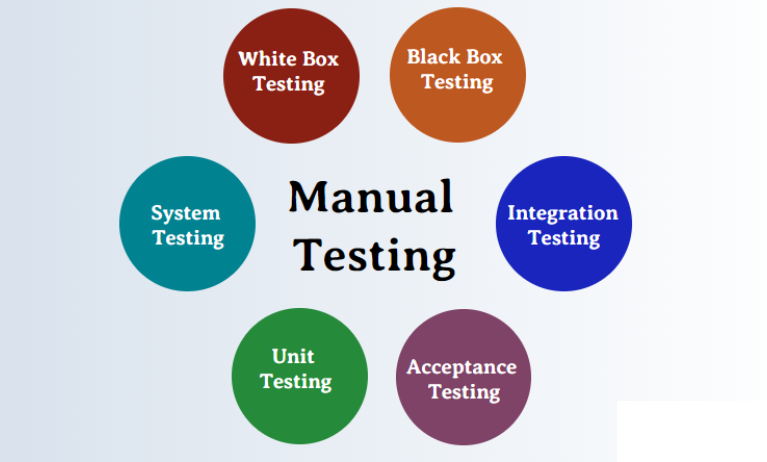Introduction
Business analysts (BAs) are essential for bridging the gap between business needs and technology solutions. Their work ensures projects align with organizational goals, making them critical players in the success of any business endeavor. But what exactly does a business analyst do daily? If you aspire to thrive in this role, enrolling in specialized Business Analysis Courses can give you a head start.
This blog delves into the day-to-day activities of a business analyst, providing an in-depth look into their roles, responsibilities, and how H2K Infosys’ comprehensive trainings for business analysts can help you build a successful career.
A Day in the Life of a Business Analyst
The daily tasks of a business analyst vary depending on the project and organization, but here’s an overview of their core responsibilities:
1. Gathering and Analyzing Requirements
- Morning Kickoff: Most BAs start their day with team meetings or stand-ups to review project progress.
- Key Activities:
- Conduct interviews with stakeholders to gather business requirements.
- Review existing documentation or systems to identify gaps.
- Use tools like JIRA, Confluence, or Microsoft Excel to document and track requirements.
- Real-World Example: A BA working on a banking application might meet with the finance team to define features for a new loan calculator.
2. Stakeholder Communication
- Importance: Effective communication is the backbone of a BA’s role.
- Key Activities:
- Collaborate with stakeholders across departments to align project goals.
- Present findings and recommendations through presentations or reports.
- Manage expectations by ensuring clarity on deliverables.
- Pro Tip: H2K Infosys business analyst classes emphasize communication techniques to build confidence in stakeholder management.
3. Documenting Functional Requirements
- Purpose: Proper documentation ensures that all teams are aligned on project deliverables.
- Key Deliverables:
- Business Requirements Document (BRD).
- Functional Requirement Specifications (FRS).
- Use case diagrams and process flows.
- Hands-On Tip: Tools like Lucidchart and Microsoft Visio can simplify the creation of detailed process flows. H2K Infosys courses include practical tutorials on these tools.
4. Collaborating with Development Teams
- Bridging the Gap: A BA ensures that developers understand the business perspective.
- Key Activities:
- Translate requirements into technical terms developers can implement.
- Organize and attend design review meetings.
- Address questions or clarify ambiguities during development.
- Example: If developers encounter issues implementing a user authentication system, the BA provides insights from the stakeholder’s point of view.
5. Testing and Quality Assurance
- Why It Matters: A BA’s involvement in testing ensures that the final product meets business needs.
- Key Activities:
- Create user acceptance test (UAT) plans.
- Review test cases to ensure they align with requirements.
- Participate in testing sessions to validate system functionality.
- Pro Tip: Many business analysis courses, including those at H2K Infosys, cover UAT techniques and tools like Selenium for testing automation.
6. Monitoring Project Progress
- Ensuring Success: Monitoring ensures projects stay on track and meet deadlines.
- Key Activities:
- Update stakeholders on progress through status reports.
- Identify risks or potential delays and propose solutions.
- Ensure alignment with the project’s scope, timeline, and budget.
7. Continuous Learning and Skill Development
- Importance: Staying updated with industry trends and tools is essential.
- How to Learn:
- Attend workshops or enroll in business analysis courses.
- Join professional networks like the International Institute of Business Analysis (IIBA).
Why Practical Training is Crucial for Aspiring Business Analysts
Real-World Applications
Theoretical knowledge alone isn’t enough. Aspiring BAs need hands-on experience to:
- Create detailed documentation using industry tools.
- Collaborate with stakeholders in mock scenarios.
- Test systems in simulated environments.
Benefits of H2K Infosys Business Analyst Courses
H2K Infosys offers industry-focused business analyst classes designed to:
- Prepare students for BA certifications like ECBA, CCBA, or CBAP.
- Provide hands-on experience with tools like JIRA, Tableau, and SQL.
- Simulate real-world projects for practical understanding.
Case Study: A Day in the Life of a Business Analyst at a Healthcare Company
Scenario: Jane, a business analyst at a healthcare company, is tasked with improving the patient appointment system.
Morning:
- Attend a stand-up meeting to discuss the project timeline.
- Meet with the medical staff to gather requirements for the new system.
Afternoon:
- Document findings in a BRD.
- Create process flow diagrams to visualize the patient journey.
Evening:
- Test a prototype developed by the IT team.
- Share feedback and updates with stakeholders.
This hands-on experience mirrors what H2K Infosys students practice in their training modules.
Conclusion
Becoming a skilled business analyst requires more than understanding theories. It demands hands-on experience, strong communication skills, and proficiency in tools. H2K Infosys’ comprehensive business analyst courses provide all this and more, ensuring you’re prepared to excel in your career.
Ready to transform your career? Enroll in H2K Infosys’ business analyst training today and gain the skills to succeed in this dynamic field!
Key Takeaways
- Business analysts play a vital role in bridging business needs and technical solutions.
- Their daily activities range from requirement gathering and documentation to testing and stakeholder communication.
- Practical training, like that offered by H2K Infosys, equips aspiring BAs with the skills needed for real-world success.


























